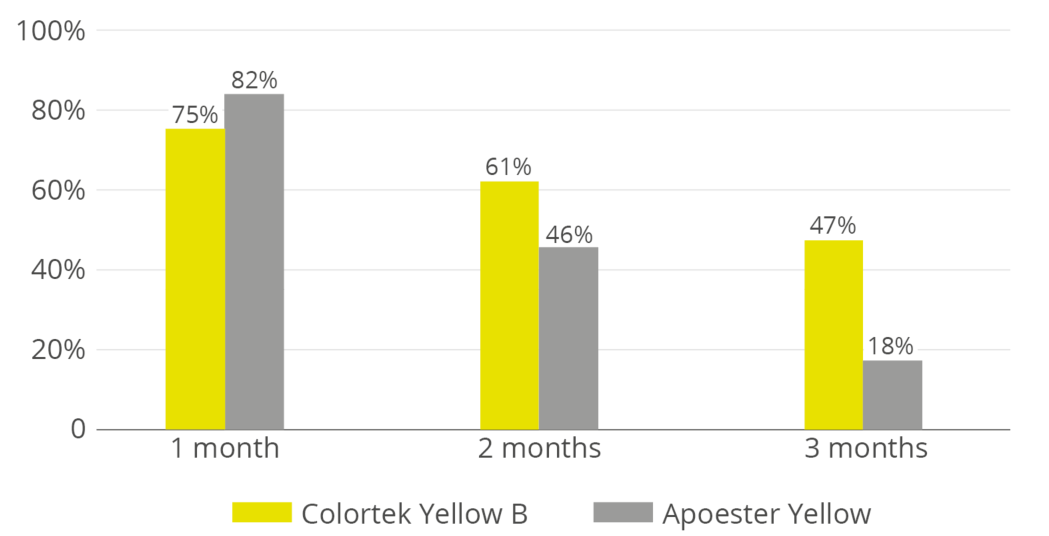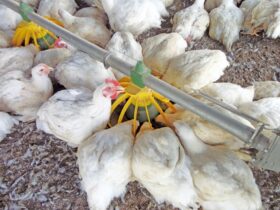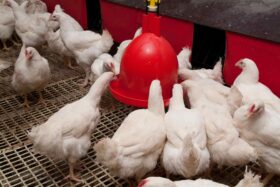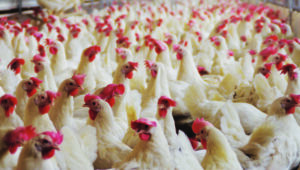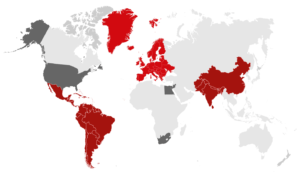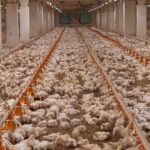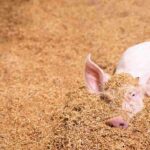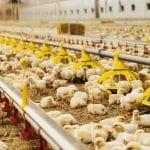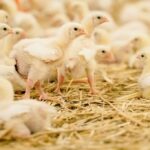Poultry producers worldwide use natural carotenoids in feed formulations for laying hens and pigmented broilers. With European Union regulation restricting the use of apoester to 5 ppm in animal feed, it is more relevant than ever for poultry producers that safe, natural alternatives exist. Regulatory limits for natural xanthophylls, in contrast, are set at up to 80 ppm in complete feed.
At EW Nutrition, natural xanthophyll production is a specialized and standardized process that includes quality assurance at all stages, from planting to harvesting, extraction, and saponification. The outcome is uniform and very stable products that deliver consistent, reliable results.
How to choose and handle pigmentation products for maximum performance?
- Choose a trusted pigment brand with verifiable quality controls and carotenoid handling expertise
- Use commercially available products in their original, unopened bags
- Use fresh products that are within their shelf-life period
- Suspend products that do not fulfill pigmentation levels after opening (e.g., a level that is one third or more below the supplier specification indicates a damaged product)
- Store products in closed and dark bags with little exposure to oxygen during storage
EW Nutrition’s Colortek Yellow B pigment for poultry contains ≥ 100 g/kg of natural yellow xanthophylls extracted from the marigold flower (Tagetes erecta spp.). It achieves consistent, uniform, and high-quality coloration for egg yolk and broiler skin, as attested by independent certifications FAMI QS, ISO 14000, and ISO 9001.
A trial was designed to compare the stability of natural Colortek Yellow B and a synthetic apoester product (Carophyll Yellow, DSM [Batch L 1954]) in a premix under challenge conditions (high level of choline chloride). As shown in Figure 1, Colortek Yellow B outperformed the apoester, offering superior stability.
Figure 1. Stability in vitamin mineral premix (12.5% choline chloride, closed bag, 30°C, 75% RH)
These results underscore that Colortek Yellow B offers the stability poultry producers require for a successful pigmentation program. As poultry producers adopt natural carotenoid alternatives, they can be assured that specialized and standardized production processes and strict quality controls guarantee these products’ reliable performance.

